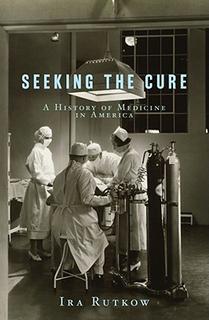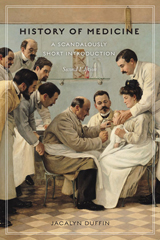
|
|
| 網 路 資 源 |
|
||||||||
|
|||||||||
| ▲top | |||||||||
| 活 動 訊 息 | |||||||||
|
|
|||||||||
|
|
||||||||
|
|
|||||||||
|
Call for Papers Exploring Identities: International Workshop on New Perspectives in the Medical History of Premodern China, November 20-22, Beijing, China Sponsored by the Graduate School, Center for Research on Ancient Chinese History, and Department of History at Peking University Summary Over the last decade, an identity-based perspective has replaced the old history of Chinese medicine narrative, in which famed physicians and medical authors played exclusive roles. Instead, historical figures of varied background have emerged from obscurity and scholars are exploring the dichotomies between physician and patient, male and female, old and young, author and reader, priest and layman, normal and abnormal, to add new dimensions to the history of medicine in pre-modern China. This workshop aims to bring together scholars who are interested in exploring identity issues in the medical history of pre-modern China. The organizers especially hope to encourage discussions focusing on individual experiences of historical figures, exploring the tensions between social stereotypes and self identities in the context of medical practice. One major goal of this workshop is to push the boundaries of existing social categories in the study of medical history. Participants are encouraged to tackle two sub-themes: the history of medical texts and bodily experiences in medical practices. The varied material form of texts, whether a manuscript or printed copy, an original text or second-hand patchwork, a practical manual or scholarly treatise, were involved with various historical figures, physicians, scholars, publishers, bibliophiles, workshop artisans, among others. How did the social difference between a physician and a literatus-amateur affect their approaches in writing about a medical problem? How did a medical author present his book, not only as part of his oeuvre, but also part of his socio-cultural identity? How did the production of medical texts reflect the interplays between authors, publishers, and readers? The second sub-theme concentrates on the body as a basis for the performance of identities, especially gender-based identities. Participants are encouraged to explore discrepancies between bodily experiences and their textual representations. Authors who set down their bodily experiences in written form tended to lay out social agendas, which were often associated with gender differences. How were such differences represented in textual form? What were the politics behind the gendered narratives? How were women’s bodily experiences rendered visible or invisible in medical texts? Suggested Topics: 1. The dichotomic relations between physician and patient, author and reader 2. Identities of medical authors as historical constructs 3. Transformations of the material forms of medical texts 4. Meaning of key concepts such as “jingyan 經驗” and “yi 意” in medical writings5. Gender, madness, and other performative medical identities Abstract Submission: The abstract not to exceed 250 words (English) or 500 characters (Chinese) must be submitted by e-mail to peterrc@163.com by September 25, 2010. Paper Submission: The full paper not to exceed 10,000 words (English) or 30,000 characters (Chinese) must be submitted by e-mail to peterrc@163.com by November 5, 2010. Expense Reimbursement: Participants will be reimbursed for their expenses in Beijing, including local transportation and accommodation. We are sorry that we are unable to reimburse international airfare this time. Important Dates: Submission of Abstract: September 25, 2010 Submission of Papers: November 5, 2010 Workshop: November 20-22, 2010 |
|||||||||
| ▲top | |||||||||
| 出 版 資 訊 | |||||||||
| ▲top | |||||||||
| 相 關 訊 息 | |||||||||
|
|
|||||||||
| ▲top | |||||||||
|
|
|||||||||
| 編輯者:「影像與醫療的歷史」計畫助理 黃文宏 | |||||||||
| 發行者:中央研究院歷史語言研究所「影像與醫療的歷史」計畫 | |||||||||
| 創刊日期:2005年05月16日 | |||||||||
| 出版日期:2010年08月16日 | |||||||||
| E-mail:huangwh@gate.sinica.edu.tw | |||||||||
| 「影像與醫療的歷史」研究計畫 | |||||||||

